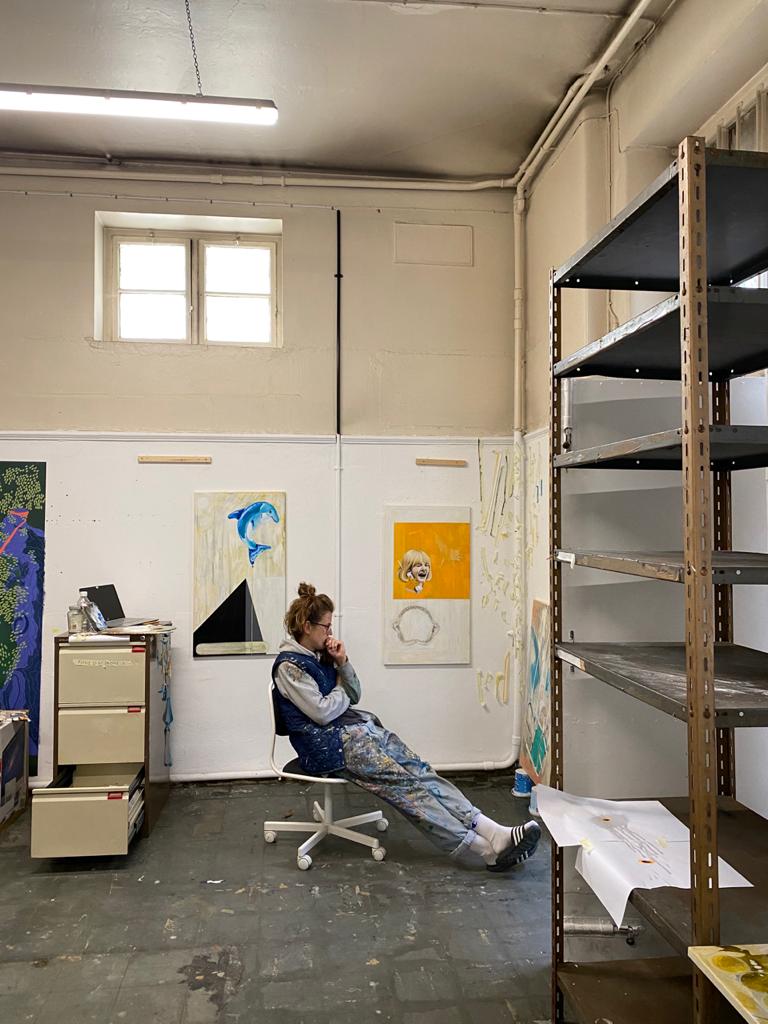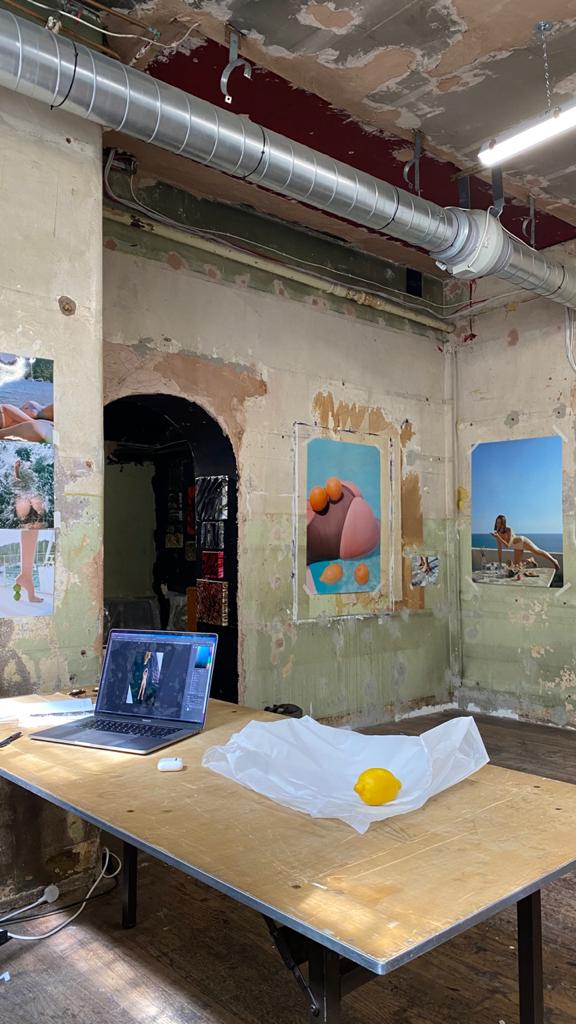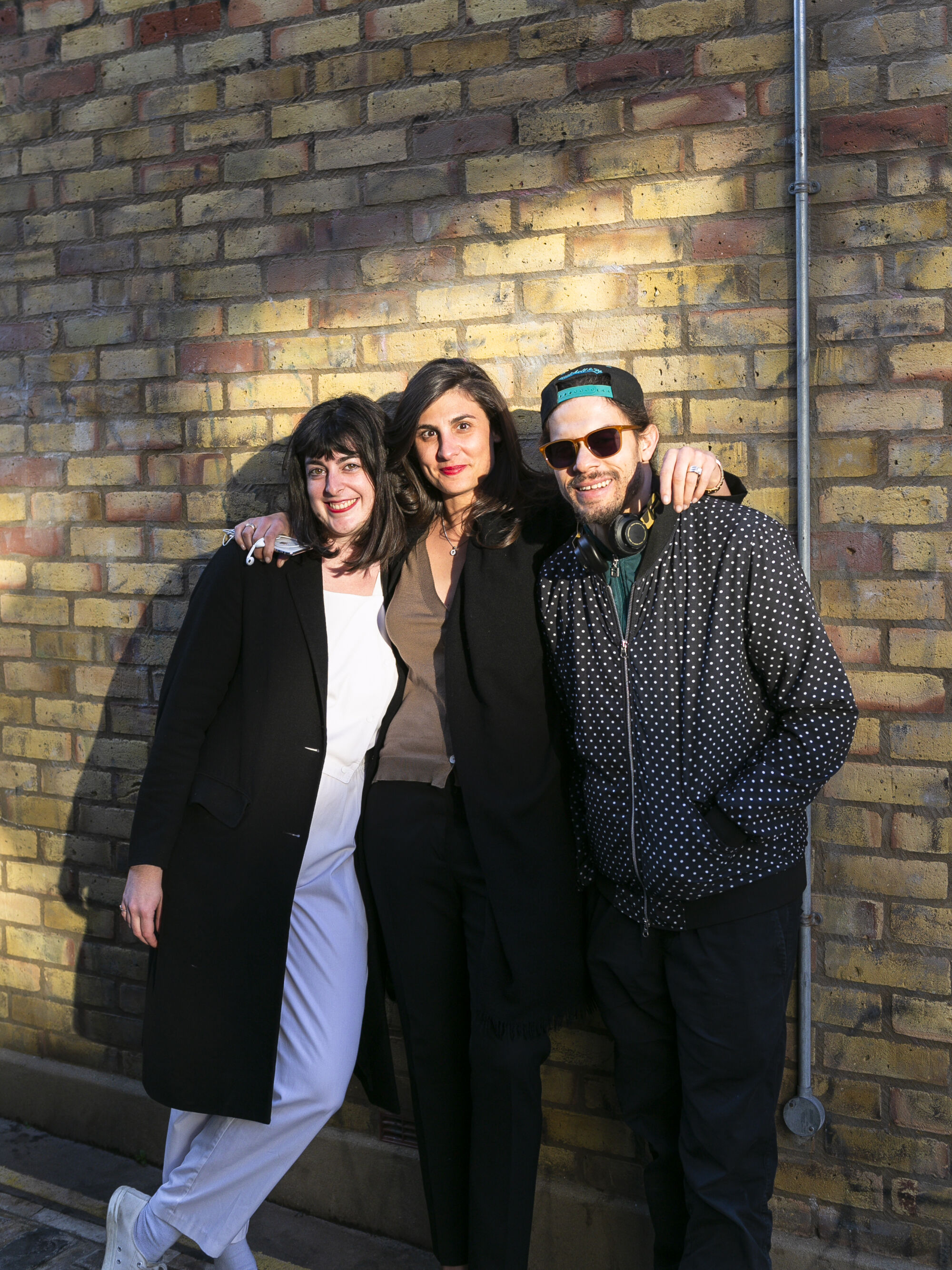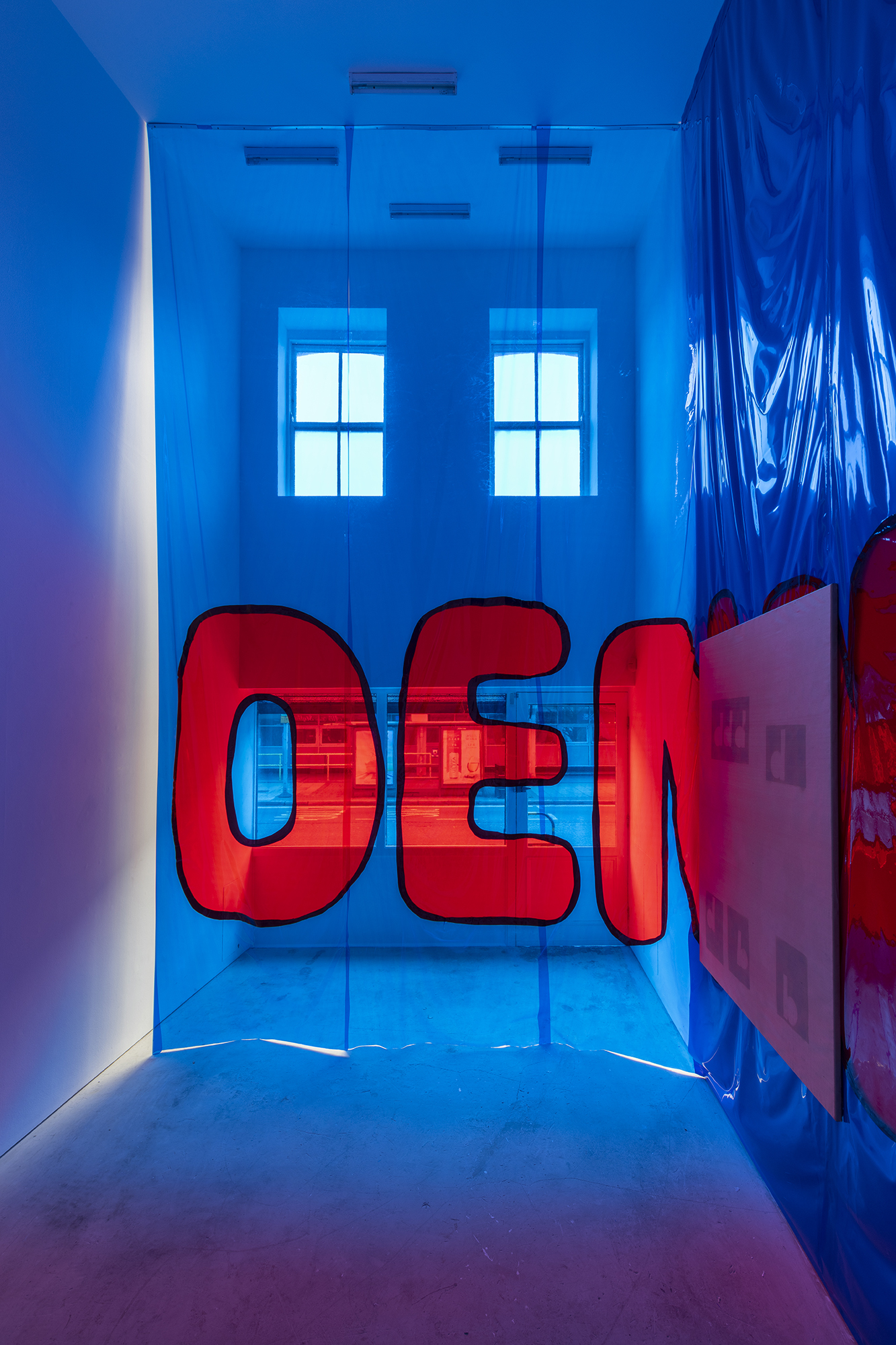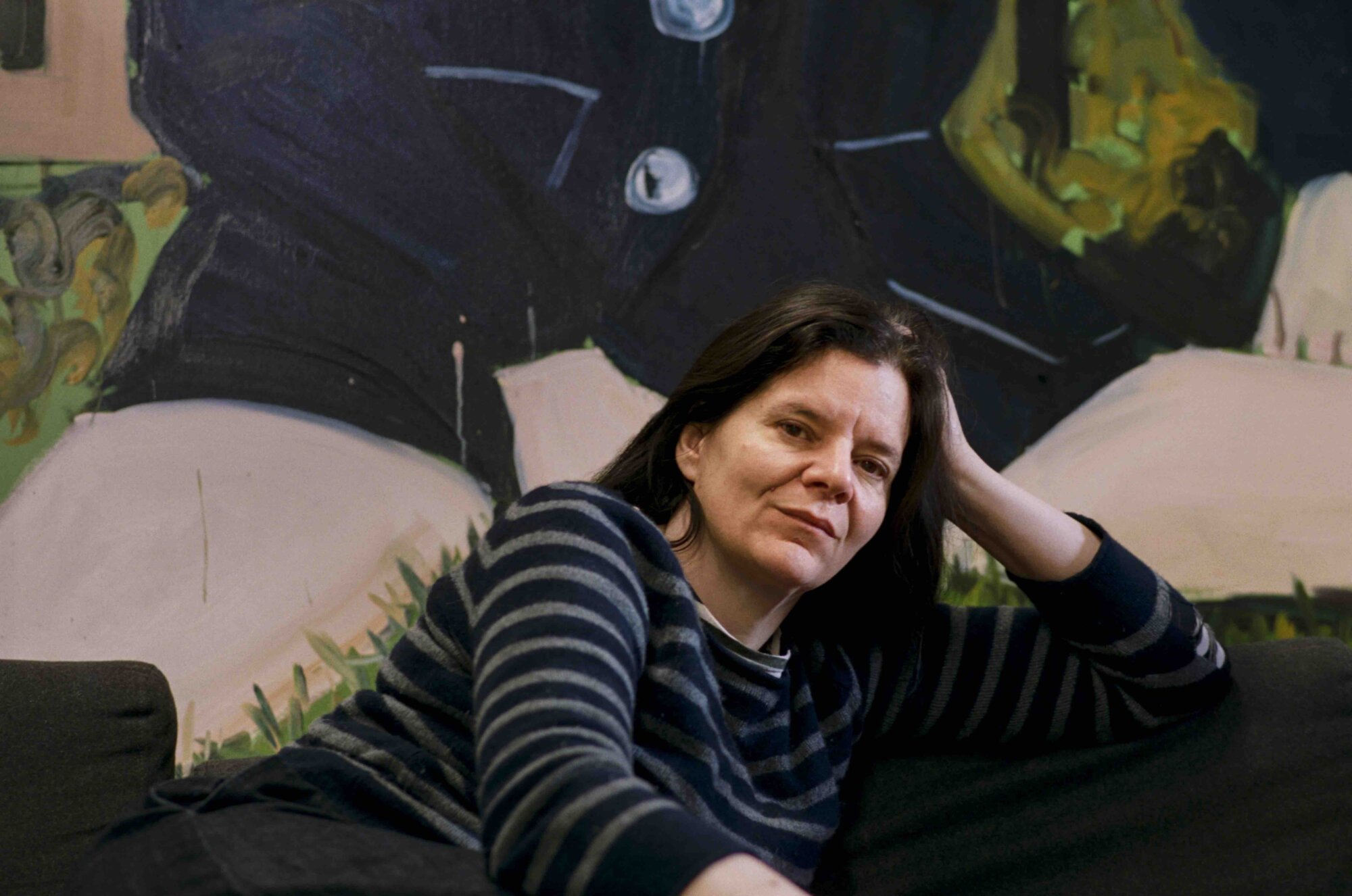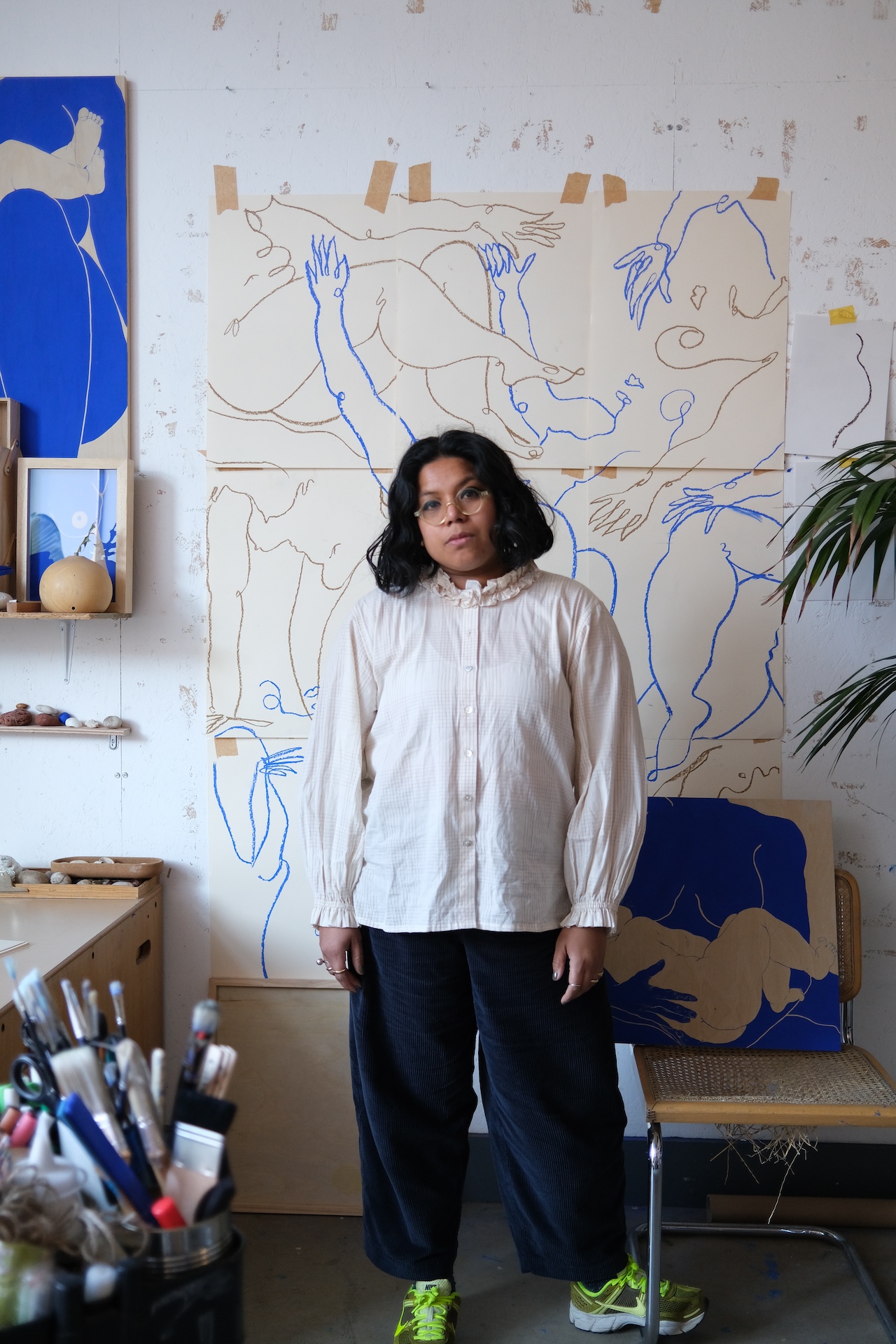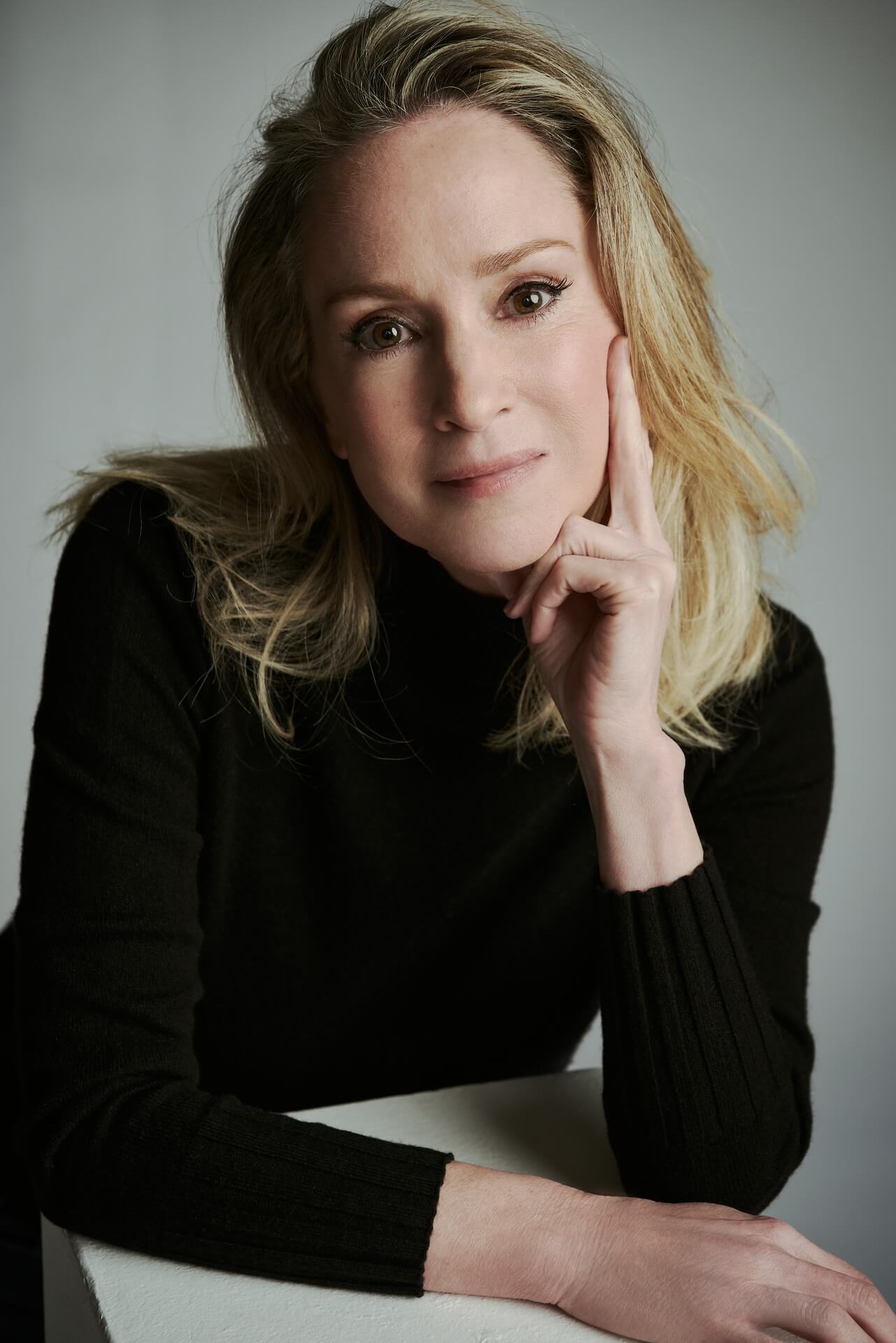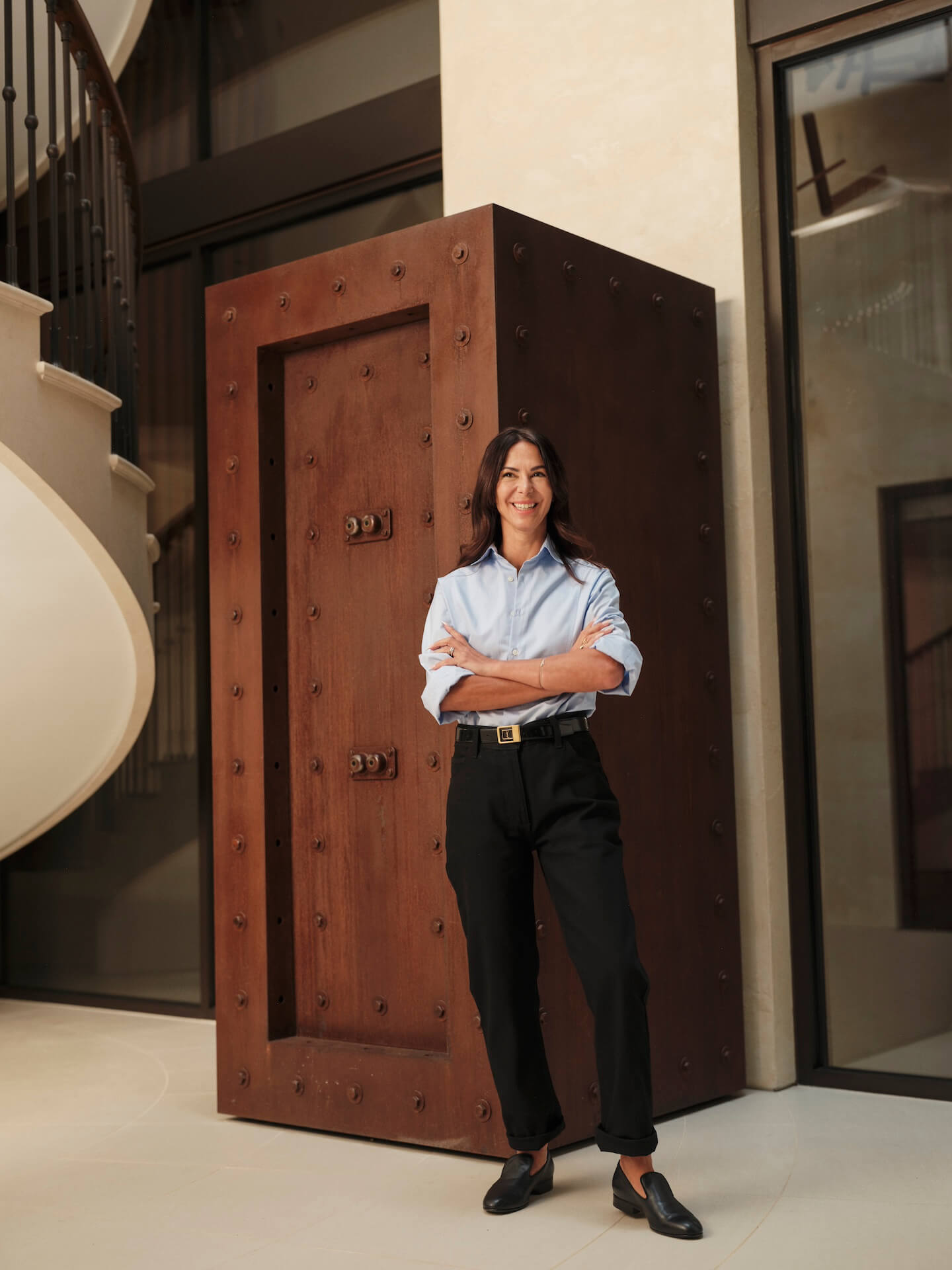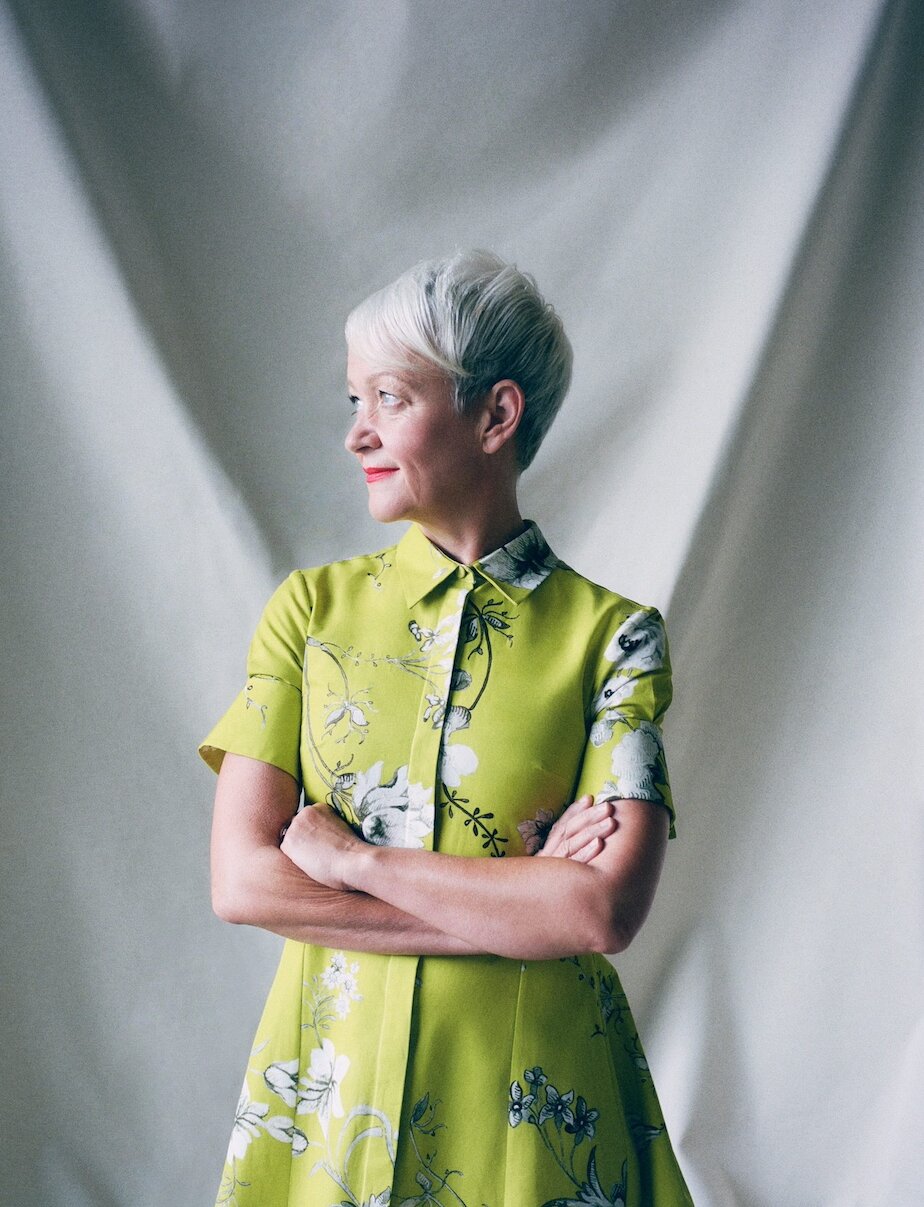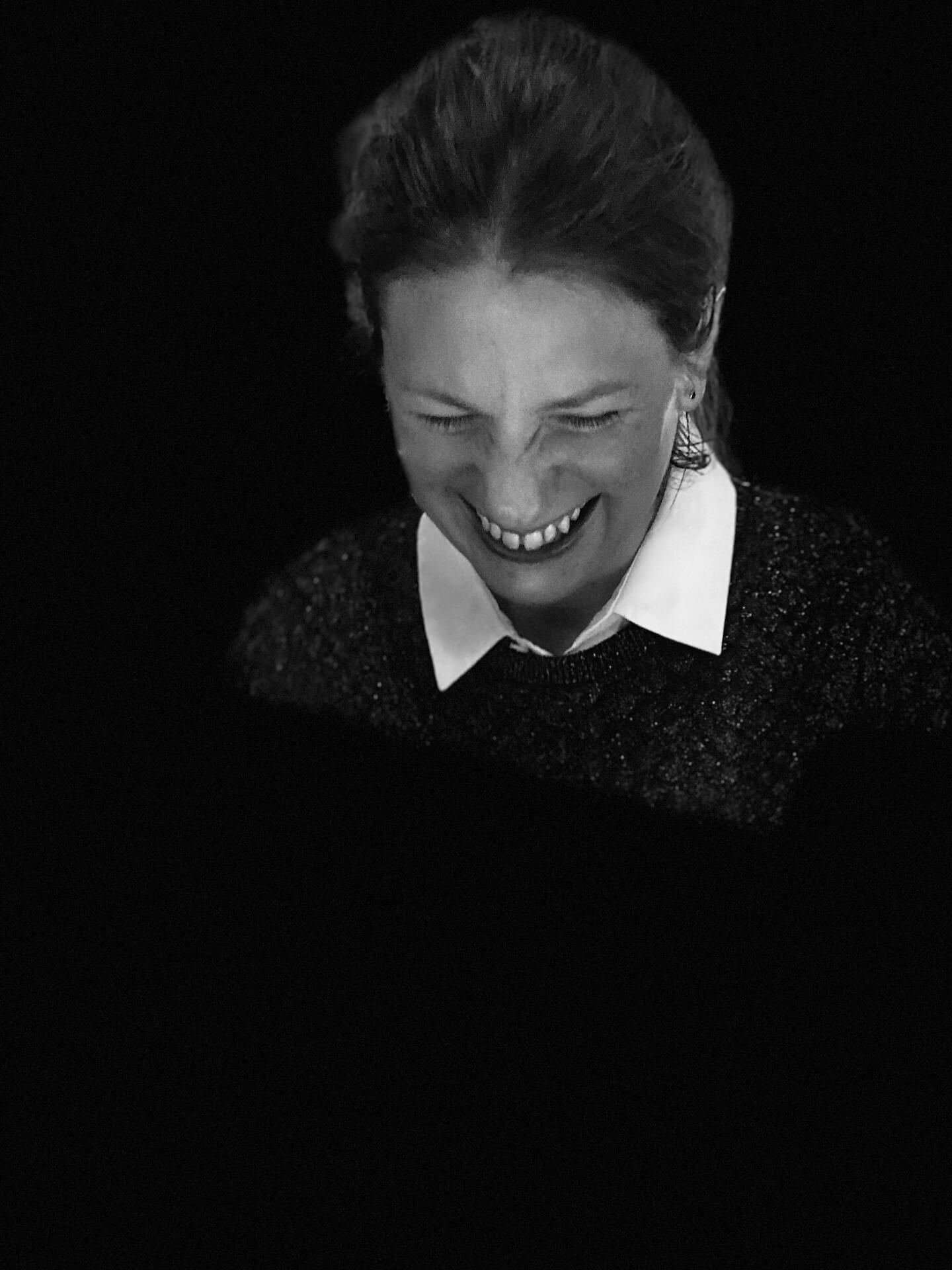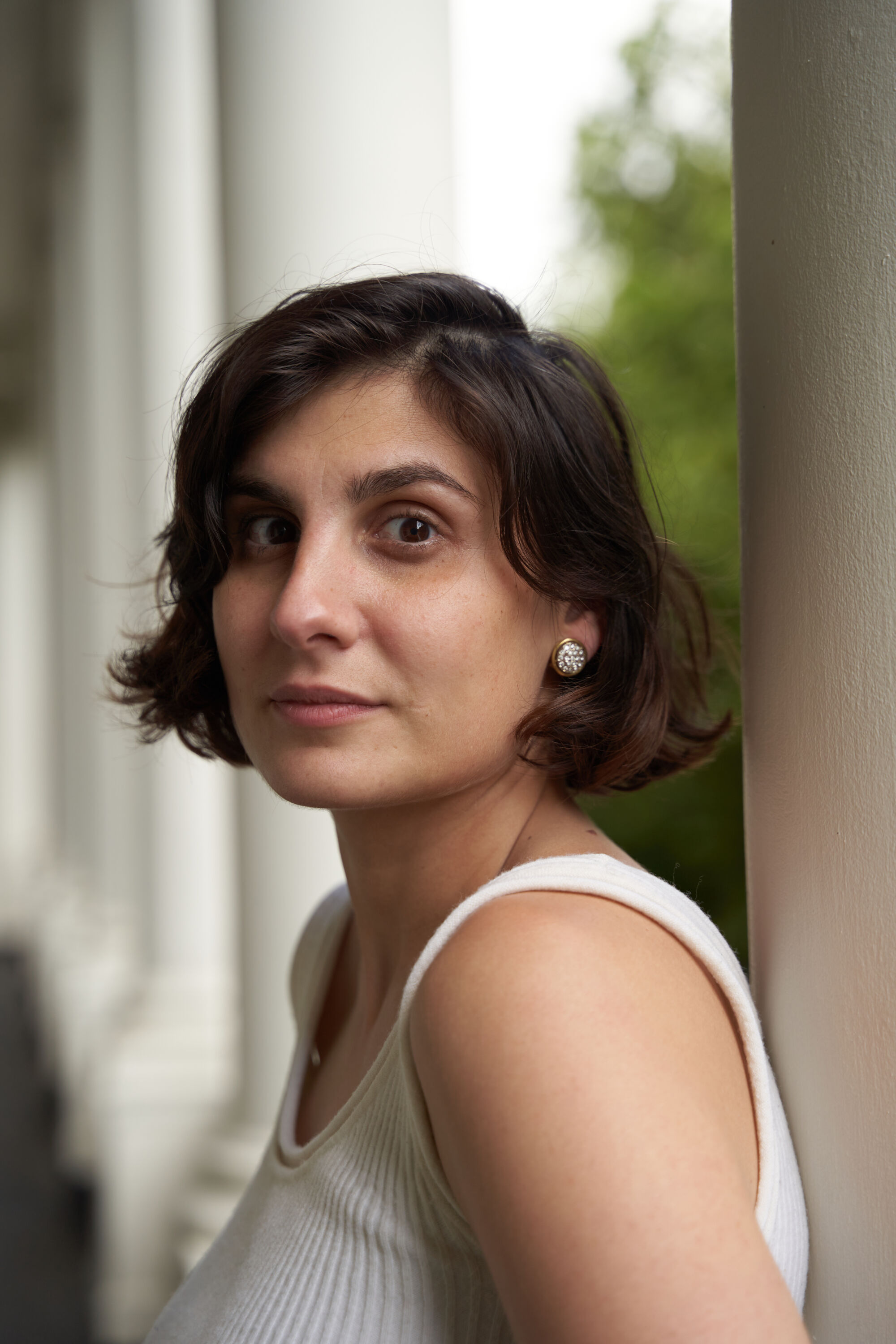

Interview Roman Road’s Founder, Marisa Bellani
In the same year she founded the gallery, Marisa joined The Photographers’ Gallery Young Patron Steering Committee. She also became the youngest member of the Tate Photography Acquisitions Committee, and regularly participates in panel discussions and gives talks at universities and to private collectors. Here she shares her plans for the future.
THE WICK: Talk us through a typical Monday.
Marisa Bellani: If possible, I like to start the week slowly. I like to work from home and generally do not take meetings. I focus on planning the week and doing some admin work.
TW: What drove you to create Roman Road, and what sets it apart?
MB: I started Roman Road as a project space in 2013 but really established it in 2015 as a gallery with a programme. The architecture of the space (one small but tall room) drove me to focus on solo shows more than group shows. This was mainly because the artists had to create works that worked in relation to the space.
TW: In 2019, Roman Road became a platform for more collaborative exhibitions. What led to this shift?
MB: Since 2017, I’ve seen that there was little possibility to grow vertically as a gallery. I started to think about the ways I could focus on what I like doing, what I am good at and where there is space for growth. I’ve decided that becoming more fluid and not trying to conform within the system of shows and fairs makes more sense. Also with social media platforms, artists are becoming more and more independent. Although they need guidance, they also want more freedom and that was something that I had in mind when shifting the operations.
TW: What have you learned from the pandemic, both on a professional and personal level?
MB: Patience.
“It is a very exciting time to be in the art world at my age and with my experience.”
